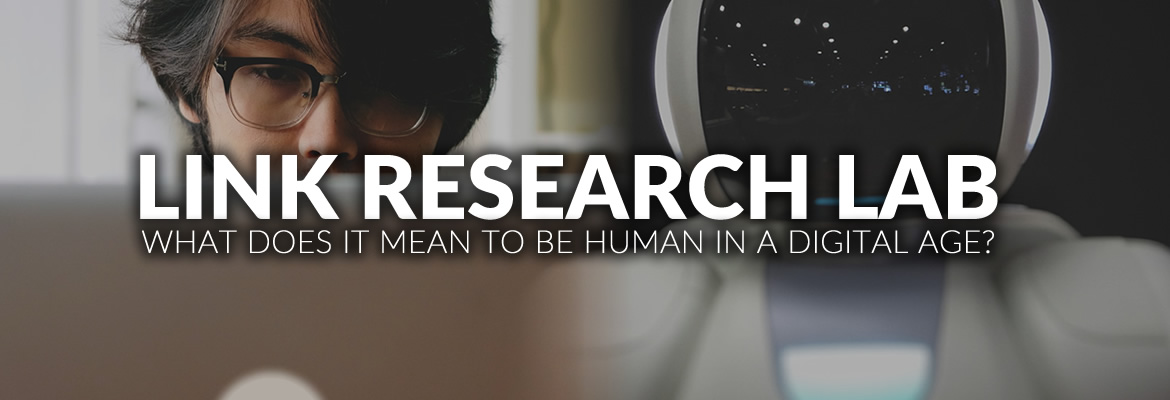The PLC (Professional Learning Community) will be providing the teaching tip of the week throughout the academic year in support of their goal of interdisciplinary collegiality.
The use of social media in the classroom stirred much interest and discussion at the recent Teaching Professor Technology Conference in Denver, Colorado. Alex Couros, in his opening session, shared the results of a study showing students find personal tweets from professors makes them more credible (Johnson, 2011).
During a lab session, I casually mentioned that I was following a particular topic on Twitter, and one of my students, asked, in surprise “You’re on Twitter?” I am considering using Twitter as a discussion tool to increase student interest and participation. In one nursing journal, the author reports how students in a critical care nursing course viewed videos of patients and their changing clinical condition, then tweeted their findings and observations for instructor feedback (Mistry, 2011).
As faculty eager to embrace current trends and technology, we must do our homework. This includes reviewing educational literature and updating our knowledge of available media resources. The following tips, based on recommendations from Peck (2014) represent only a beginning point, with more planning and preparation warranted:
• Faculty should investigate whether university policies exist that govern the use of social media. If none exist, it would be wise to collaborate with university officials to develop them.
• Explore licensing and professional organizations within your discipline regarding use of social media. Some organizations have produced white papers regarding use of social media. Faculty should inform students of the potential consequences of violating guidelines that may constitute violations of state or federal laws.
• Prior to introducing social media into the curriculum, educate students about appropriate use and sharing of information, for protection of their privacy, both current and future. Social media is not protected by FERPA (Family Educational Rights and Privacy Act) and can potentially be used by prospective employers.
• Provide clear guidelines of how the media is to be used to complete the assignment.
Johnson, K.A. (2011). The effect of Twitter posts on students’ perceptions of instructor credibility, Learning, Media and Technology, 36(1), 21-38.
Mistry, V. (2011). Critical care training: Using twitter as a teaching tool. British Journal of Nursing, 20, 1292-1296.
Peck, J.L. (2014). Social media in nursing education: Responsible integration for meaningful use. Journal of Nursing Education, 53(3), 164-169
~Tami Andrews, tandrews@uta.edu, Clinical Instructor, College of Nursing and Health Innovation


Leave a Reply